A How-To Guide for Conversion Rate Optimization (CRO)
Optimization is frequently discussed in digital marketing because it is one of the best areas to test and adjust your campaign assets and see near...

Bounce rate is a metric that is often discussed without much thought as to what it means to your website or what you can do about it.
This article will explore what a bounce rate is, what is considered a good bounce rate, and how you can lower your bounce rate.
Understanding the true definition of a bounce is essential for accurate measurement and analysis.
According to Google Analytics, a bounce is a one-hit session, where a hit refers to any information sent from your website to Google Analytics, including pageviews and events.

Events like clicking on a carousel, interacting with drop-down menus, or playing a video are examples of non-pageview interactions.
These interactions are considered hits by default and can impact your bounce rate. However, you can set the non-interaction hit parameter to "true" to exclude these interactions from affecting your bounce rate.
It's important to note that some analysts use event tracking to define an adjusted bounce rate, which considers visitors who spend very little time on a page as bounces.
This approach allows for a more nuanced understanding of visitor behavior and can be helpful in some instances.
SEMrush considers the average bounce rate range to be 41% to 55%, 26% to 40% being optimal, and anything above 46% considered "high."
However, it's important to consider that your bounce rate will also be impacted by the type of website you have.
For example, an e-commerce website should have a much lower bounce rate than an information-oriented website as an e-commerce user is more likely to shop around the site versus someone looking for a specific piece of information (i.e., an address, phone number, an answer to a question, etc.).
As an example, users searching for the current mortgage rate may find the information immediately on Bankrate and leave.
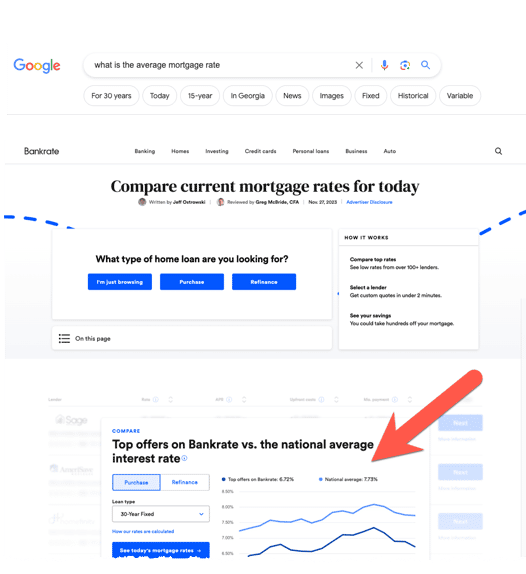
Or if your website requires a login or age verification, this will impact your bounce rates as well.
Bounce rates should be a signal, not the goal.
You should consider your bounce rate in conjunction with other key metrics to understand the effectiveness of your page and how it fits into the overall consumer journey, but you should not optimize your page just to hit a target bounce rate.
If you redesign a page to lower the bounce rate, but it decreases your conversions, then you are chasing the wrong metric.
However, if you're running a PPC campaign and see a high bounce rate on your campaign landing page, this signals that either the page is not working or there is a disconnect between your ads and the landing page content.
Ultimately, your bounce rate should be viewed within the context of your site and the consumer journey. You must consider the page's purpose and what you're asking users to do after visiting it.
Understanding your bounce rate can help you make informed decisions about your content and paid marketing efforts. And while a high bounce rate isn't always bad, you may notice areas of your site that could use improvement.
Here are some effective strategies to achieve this:
Visitors are more likely to engage with your content and click through to other pages if they find it visually appealing and easy to consume.
In this example, visitors looking to learn more about Netsuite are brought to a page with no top navitation and a large form, with all fields required, to sign-up for a product tour.
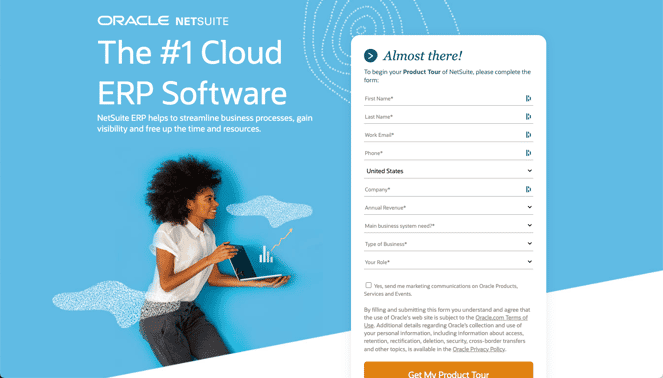
Enhancing the readability of your content can have a significant impact on reducing bounce rates. By incorporating formatting elements such as headers, subheaders, bullet lists, numbered lists, bolding, italics, and internal links, you can make your content easier to scan and navigate.
As a user, we all know how frustrating closing pop-ups can be when you're trying to use a website.
Using a pop-up to capture email addresses on your site is not wrong, but if you leverage multiple pop-ups or they are repetitive and annoy your visitors, you'll see that reflected in your bounce rate.
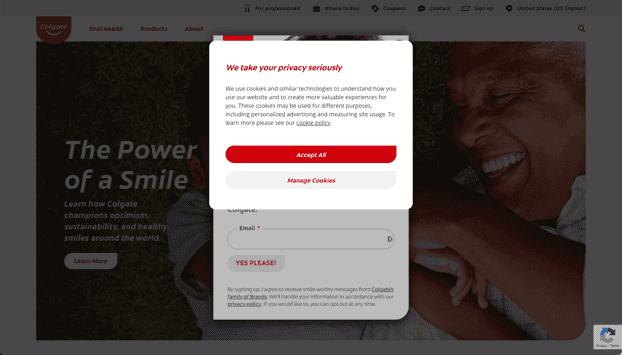
Consider reducing the number of pop-ups or increasing the timing or scroll depth that triggers the pop-up.
If you have content pages or interactive tools that consistently generate high click-through rates, consider adding these as related links on your page.
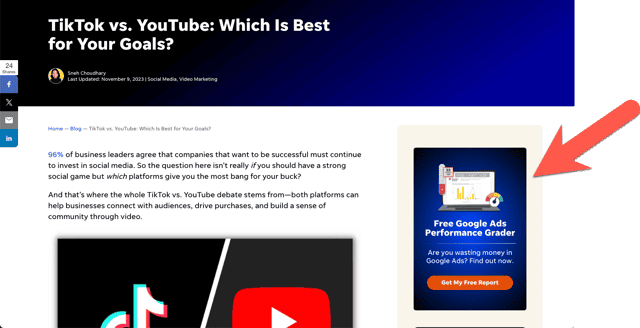
By leveraging these proven assets, you can guide visitors to click on other pages, thus reducing your bounce rate.
The quicker you capture your visitor's attention, the more likely you will reduce your bounce rate. Few elements do this better than video.
Adding relevant embedded videos on your site can capture visitors' attention and encourage them to stay on your page longer.
If your landing page has a high bounce rate, with few conversions, it may be due to the user experience.
Consider the messaging and the page structure and perform A/B or Multivariate tests to determine how best to improve the page.
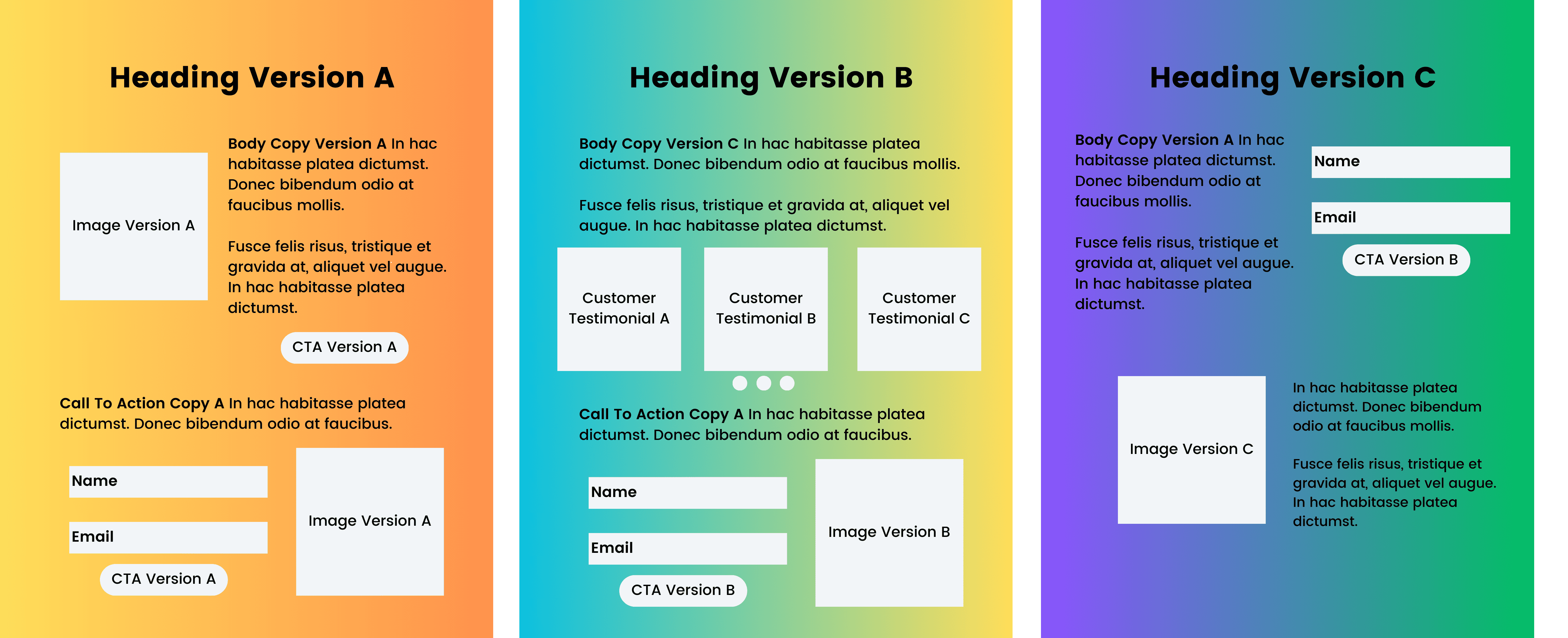
In conclusion, bounce rates are a vital metric to monitor and improve for website owners. You can optimize your website's performance and engagement by understanding what constitutes a good bounce rate for your specific situation and implementing strategies to lower your bounce rates.
Sign up for our monthly newsletter to receive updates.

Optimization is frequently discussed in digital marketing because it is one of the best areas to test and adjust your campaign assets and see near...
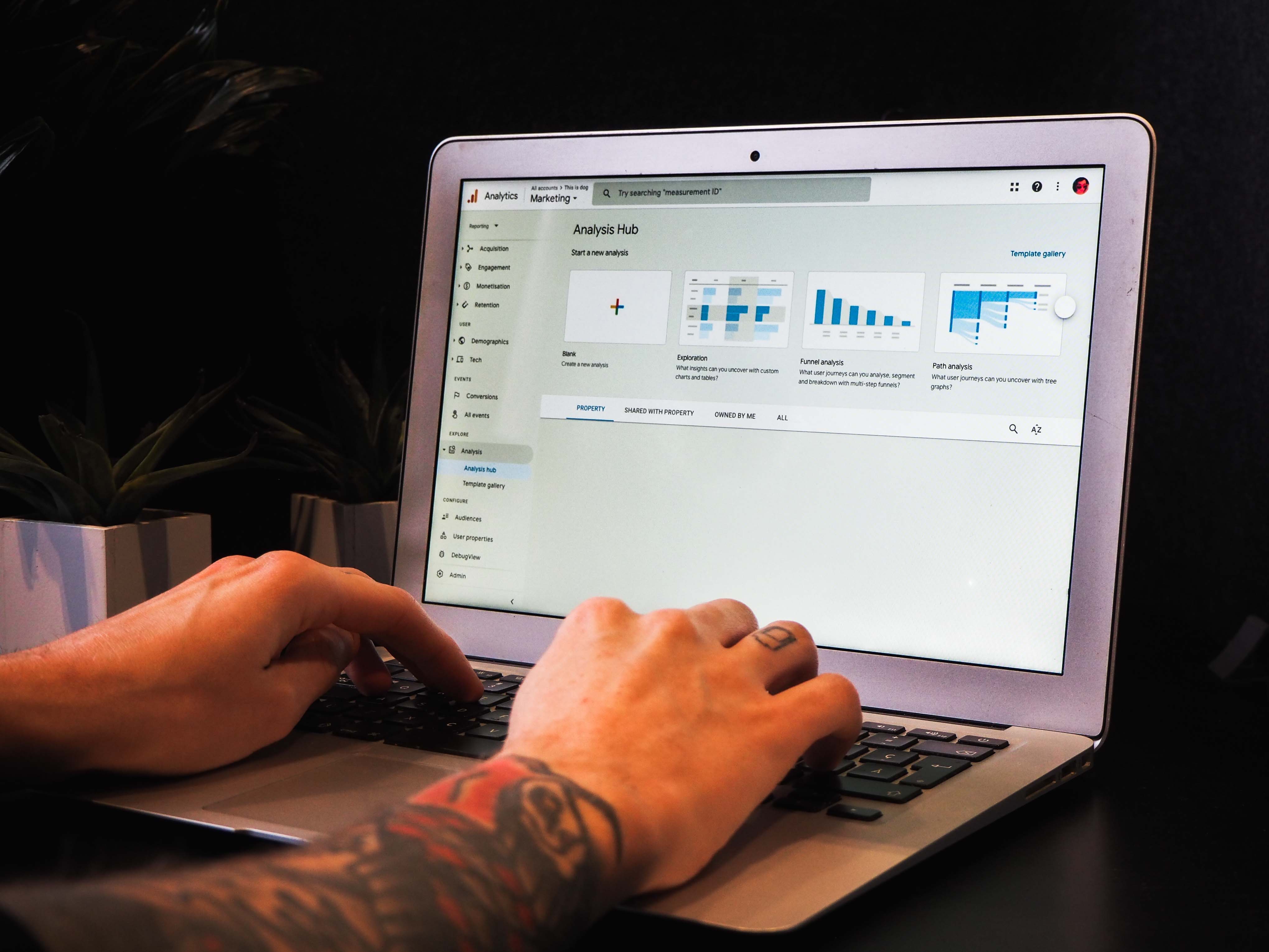
Since Google Analytics 4 was initially announced in 2019, marketers have experienced mixed emotions, ranging from disbelief and panic to frustration...
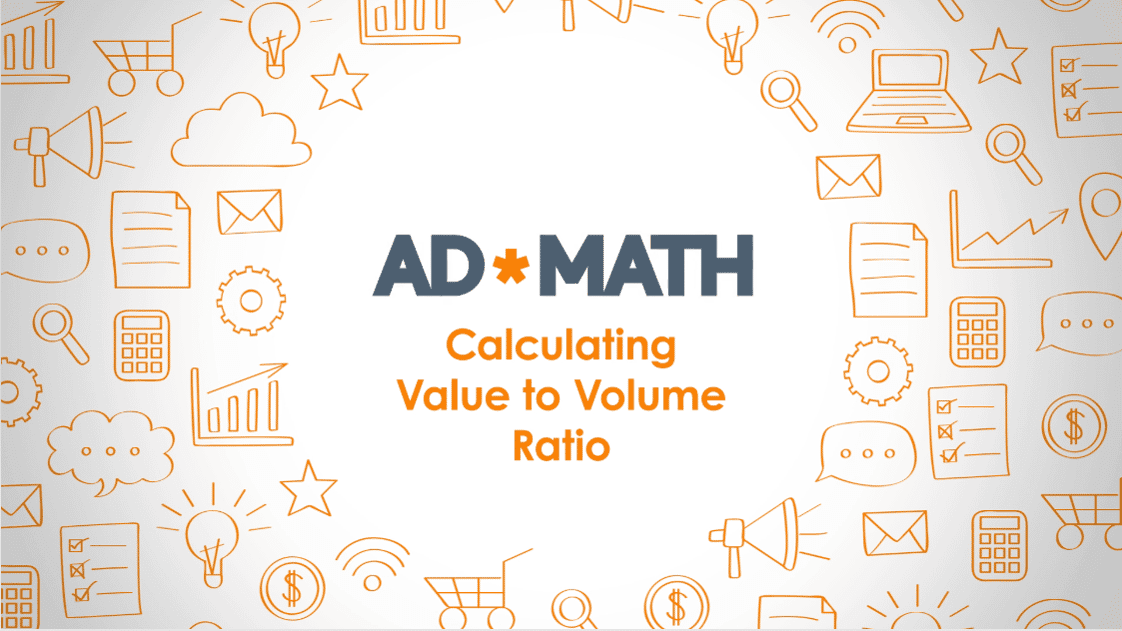
In this video, we'll look at Value to Volume Ratios (VVR), which can help determine how efficient your marketing efforts are compared to the...